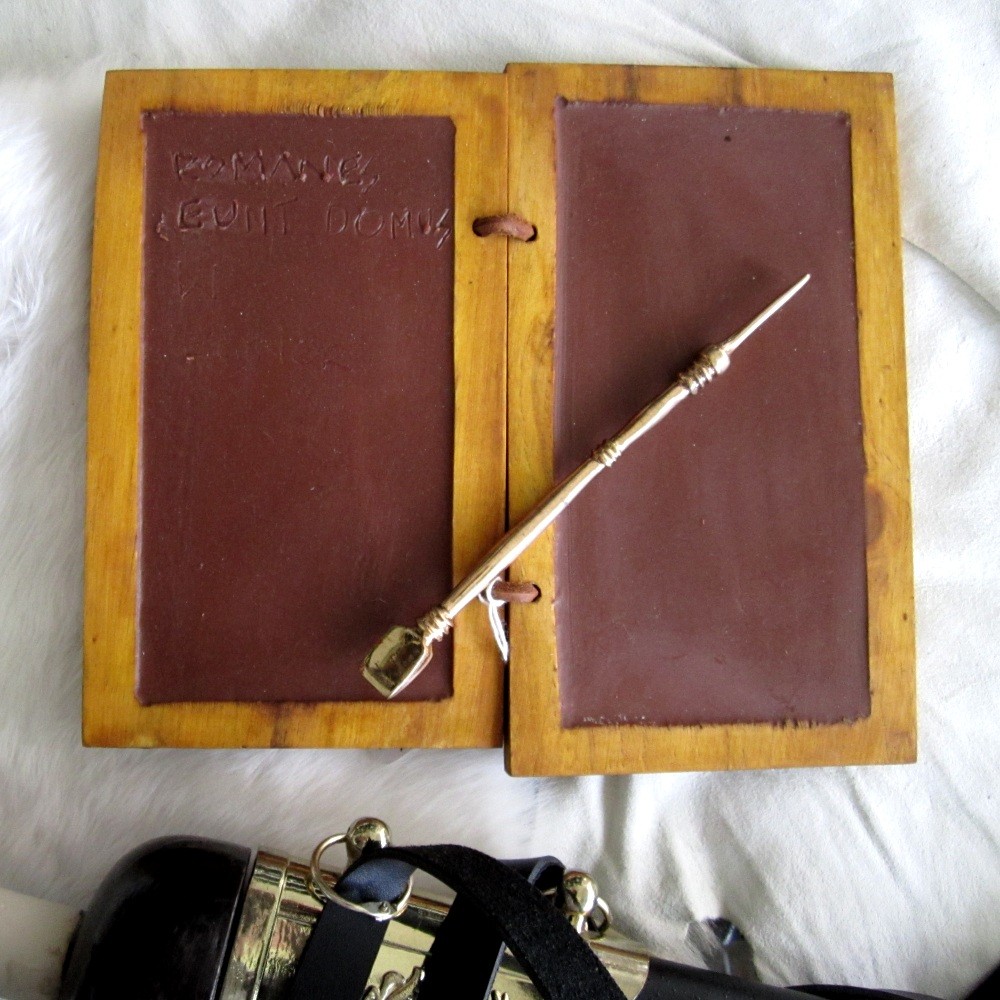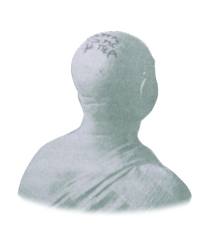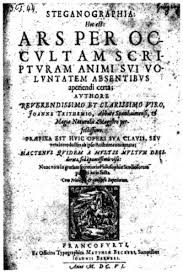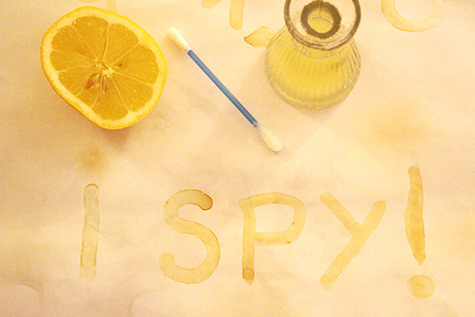An Introductory Video Overviewing our Project Topic
Below is a quick video that covers the basic concept of steganography, 2-d Fourier Transformation, and our demonstration.
An Introduction: Steganography
Steganography is the art and science of hiding information by embedding messages within other medium, such as an image, video, song, and so forth. Steganography has been used since times of Ancient Greece. Common practices consisted of the following. Hiding etched messages in wooden tablets covered with wax and a slave's head by tattooing and letting hair grow back.


The term was first used in 1499 by Johannes Trithemius when he disguised his book Steganographia as a book on magic as seen below.

Steganography, unlike cryptography, is not about encrypting a message. Cryptography is the science of writing secret codes. However, in many cases, encrypted messages raise interest and will get people to solve it. However, in steganography, messages are hidden from plain sight, and therefore communication is more safe. Steganography is often used together with encryption to ensure safe communication.
Some major categories of steganography include physical and digital areas. Some examples of physical steganography include the use of invisible ink, and weaving morse code into clothing, both widely used during World War II.

Digital steganography was first introduced in 1985 as computers rose to prominence. Main methods included concealing messages within the lowest bits of noisy images or sound files, and embedding pictures in video material that was visible when played at slower speeds.
Our Project Goals
For this project, we will explore hiding messages in the frequency domain of images. We will explore the basics of the Fourier Transform, that helps convert the image from its spatial domain into the frequency domain. In the frequency domain, we will write the message in the less-important frequency area, and convert the image back to the spatial domain. We will then walk through extracting the message from the processed image.
